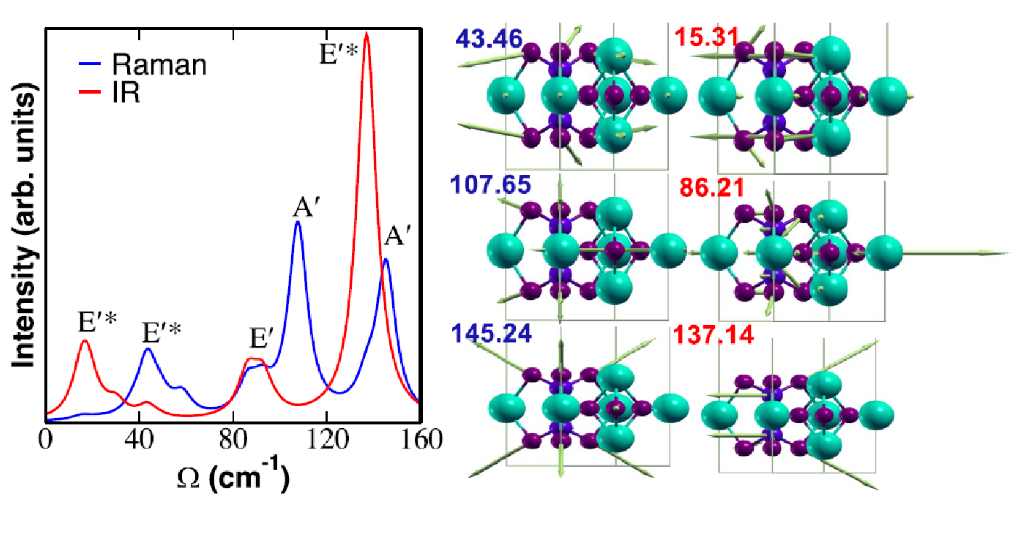Condensed matter physics, a rich and multifaceted domain within the field of physics, delves into the intricate phenomena exhibited by solids and liquids. These disciplines explore a myriad of interactions, ranging from the atomic to the macroscopic scale. But what truly defines the breadth of observations that fall under the purview of condensed matter physics? What if, for instance, the fundamental concepts governing these phenomena were not just scientific inquiries but potential gateways to revolutionary technologies? The following discussion aims to elucidate the fascinating observations that characterize this field, providing both breadth and depth to our understanding.
A pivotal aspect of condensed matter physics is the investigation of crystalline structures. At the atomic level, the arrangement of atoms in a lattice is paramount. This leads to a plethora of observable phenomena, such as diffraction patterns that reveal the symmetry and periodicity of the crystal. X-ray diffraction, a quintessential technique, allows scientists to decipher the underlying structure of materials. The implications of these observations extend beyond mere academic fascination; they are essential for the development of new materials, particularly in fields like semiconductor technology.
Transitioning from order to disorder, the behavior of amorphous materials presents another intriguing observation. Glass, for instance, defies traditional solid-liquid dichotomies. Its disordered atomic structure enables unique properties, such as its transparency and brittleness. Understanding the dynamics of glass formation and relaxation processes compels researchers to confront questions about phase transitions—what happens when a system transitions from a disordered to an ordered state? How can this knowledge be harnessed to improve materials that rely on predictability, like pharmaceuticals or electronic devices?
Another cornerstone of condensed matter physics deals with superconductivity, a phenomenon where certain materials exhibit zero electrical resistance at low temperatures. This dramatic transition into a superconducting state poses critical questions: What mechanisms allow for the pairing of electrons into Cooper pairs, enabling them to flow without loss? The Bardeen-Cooper-Schrieffer theory provides a foundational understanding, but the interplay of magnetic fields and electron interactions continues to pose challenges that necessitate further exploration. Recent advances in high-temperature superconductors have only intensified the quest for a comprehensive theoretical framework, propelling researchers into uncharted territories.
In a related vein, magnetism serves as another fascinating observation within condensed matter physics. The study of ferromagnets, antiferromagnets, and paramagnets brings forth questions about microscopic interactions and their macroscopic manifestations. The exploration of quantum magnetic materials has revealed exotic phenomena such as spintronics, which harnesses the intrinsic spin of electrons for information processing. This inquiry into fundamental magnetic properties raises profound implications for future technologies: can we create devices that surpass the limitations of current electronic architectures?
Furthermore, topological phases of matter introduce an avant-garde approach to condensed matter physics. These phases challenge conventional categorization by introducing robust quantum states that remain unchanged under continuous deformations. Topological insulators and topological superconductors, for instance, promise unprecedented applications in quantum computing. The non-locality of these quantum states engenders a plethora of questions: Are these states fundamentally different from their conventional counterparts? How might we manipulate them for practical use in next-generation technologies?
Quantum phase transitions represent yet another crucial observation in condensed matter physics. These occur at absolute zero temperature, driven by quantum fluctuations rather than thermal energy. In this context, materials can undergo dramatic transformations under varying conditions, such as pressure or magnetic fields. Investigating these transitions not only enhances our understanding of quantum mechanics but also presents challenges related to theoretical formulation. How do we reconcile the implications of these transitions with our existing models? Can new paradigms be established to account for phenomena previously thought to be well-understood?
The intricate relationship between disorder and localization also merits attention. The phenomenon of Anderson localization, wherein disorder traps electrons in localized states, prompts questions about the interplay between randomness and quantum coherence. This delicate balance can elucidate diverse physical systems, from semiconductors to optical lattices, and opens a conduit to applications in quantum computing and information storage. How might this interplay redefine our technological landscape as we venture deeper into the quantum realm?
Lastly, surface phenomena and interfaces play an essential role in condensed matter physics, as they often govern the behavior of materials at the nanoscale. The properties of thin films, for instance, differ significantly from their bulk counterparts due to enhanced surface effects. Understanding these properties allows for the manipulation of electronic, optical, and mechanical characteristics, fostering innovations in fields ranging from nanotechnology to energy storage. The question here evolves into a broader reflection on the implications of scale: as we reduce dimensions, what novel phenomena await our discovery?
In conclusion, the observations that characterize condensed matter physics underscore its complexity and depth. From the symmetry of crystal lattices to the enigmatic behaviors exhibited by topological phases and quantum systems, the inquiries extend far beyond academic exercises. Each observation invites a plethora of questions, posing challenges that require relentless pursuit for resolution. As we venture deeper into this captivating field, we find ourselves at the intersection of established knowledge and burgeoning possibilities—underscoring the excitement that lies within the heart of physics. What revolutionary insights might the next generation of experiments unveil? The journey continues.












